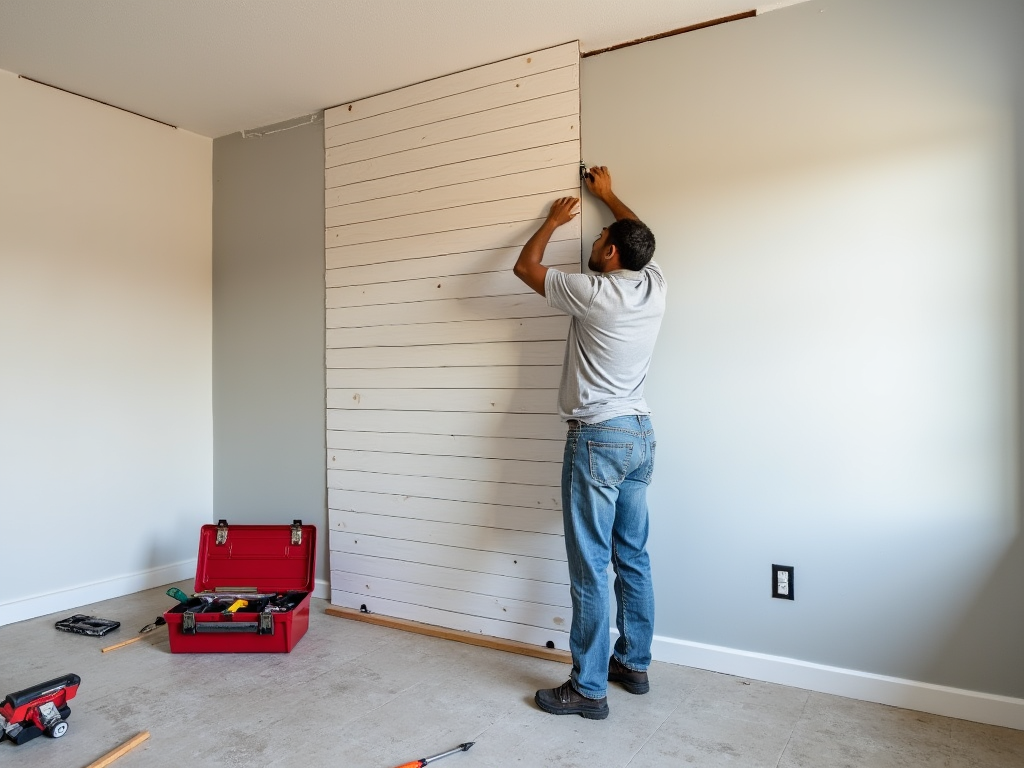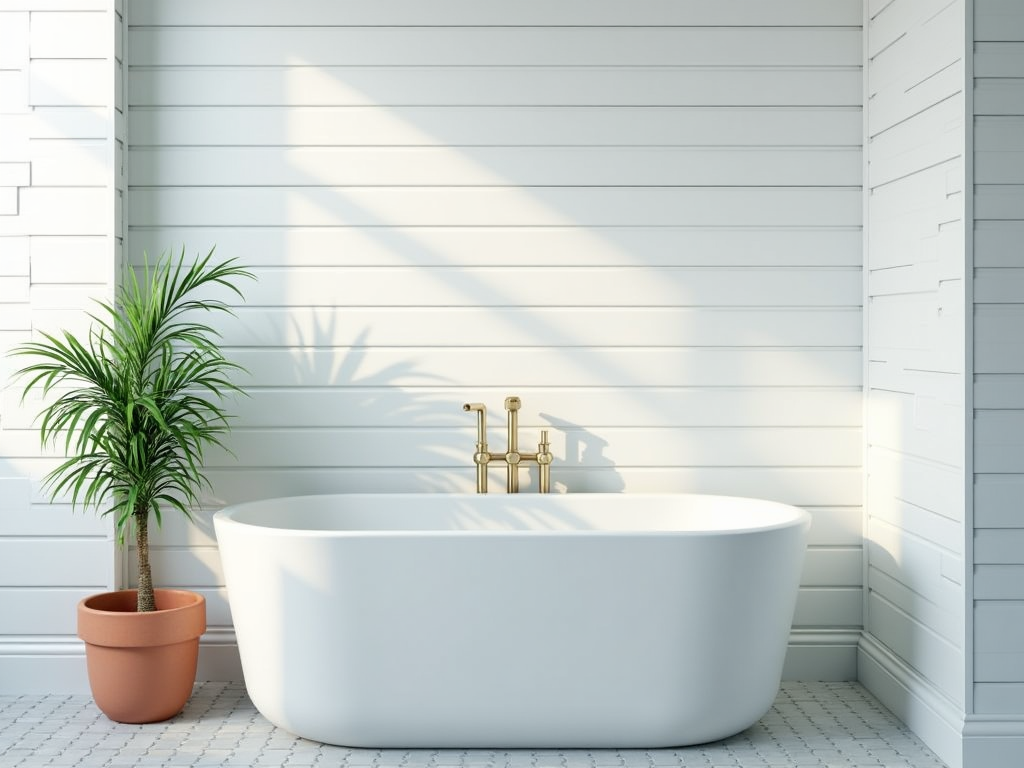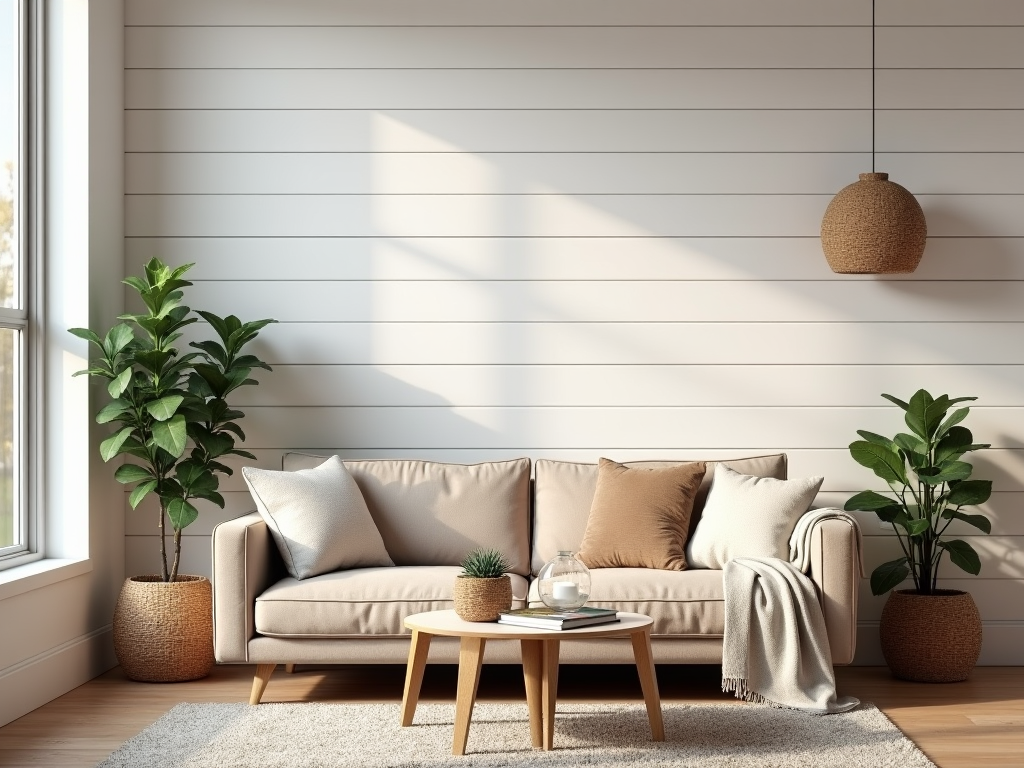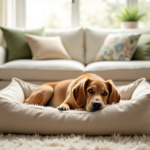Shiplap is more than just a trendy buzzword in the world of home design; it’s a distinctive style of wooden board traditionally used in the construction of barns, sheds, and other rustic buildings. Known for its characteristic grooves that result in a tight fit when installed, shiplap has become a staple in modern interior design. In this article, we’ll explore exactly what shiplap is and delve into nine things no one tells you about this sought-after interior feature.
Understanding Shiplap: Not Just Another Pretty Board

Shiplap boards are long planks that closely resemble tongue-and-groove wood, but with a simpler assembly mechanism. While similar in appearance, shiplap is distinct in function and application. Shiplap features a small L-shaped notch on its edges, allowing the boards to overlap and create a tight seal. This overlap not only strengthens structures but also helps in creating a specific visual pattern. It’s crucial to understand that while it might seem like shiplap is a modern invention, it’s historically been used in outdoor applications like barns and ships, providing both form and function.
Nowadays, shiplap has surged in popularity because of its versatility and aesthetic appeal. Often associated with farmhouse-style homes, it can be used in various contexts. From accent walls in living rooms to backsplashes in kitchens, its use has evolved. Homeowners appreciate its ability to bring warmth and character to a room. Moreover, shiplap can be painted or stained to match a room’s theme, making it a versatile choice for modern décor. While traditionally installed horizontally, vertical and diagonal installations offer creative alternatives.
9 Things No One Tells You About Shiplap

- Variety in Materials: Shiplap is not exclusively made of wood. It’s available in MDF, PVC, and other materials, offering different textures and durability depending on where it’s being used.
- Trick of the Eye: When used in narrow spaces, the horizontal lines of shiplap can make rooms appear wider, providing an optical illusion that can enhance small areas.
- Faux Shiplap: Budget-friendly versions, like plywood or peel-and-stick planks, can mimic the look without the cost of genuine wood.
- Maintenance Insights: While it adds rustic charm, dust can accumulate in the grooves of shiplap, requiring regular cleaning to maintain its appearance.
- Potential for Warping: In humid climates, wooden shiplap can warp if not properly installed or sealed, making material selection crucial.
- Simplified DIY Installation: For the DIY enthusiast, shiplap offers ease of installation with basic tools, but careful planning is needed to ensure the finished look is polished.
- Versatile Aesthetics: Whether seeking a rustic, coastal, or modern look, shiplap can be adapted through paint or stain finishes to complement any style.
- Beyond Walls: Creative applications include using shiplap on ceilings and even furniture pieces for a unified design approach.
- Perceived Property Value: Incorporating shiplap can enhance a home’s perceived value by adding unique architectural interest that potential buyers may find appealing.
Conclusion
Shiplap is far more than just a decorative element; it is a versatile tool in the designer’s arsenal that can enhance both the appearance and value of a home. Understanding its materials, installation, and maintenance can make it a rewarding addition to any space. Whether you’re drawn to its rustic charm or modern versatility, knowing these lesser-known facts ensures you can fully appreciate the potential shiplap offers. As you consider it for your next project, these insights can guide you in making informed design decisions.
Frequently Asked Questions
1. Can shiplap be used in bathrooms?
Yes, shiplap can be used in bathrooms, but it is essential to choose moisture-resistant materials and ensure proper sealing to prevent water damage.
2. Is shiplap only suitable for rustic or farmhouse designs?
No, shiplap is versatile and can be adapted to complement various styles, including coastal, modern, and industrial designs with the right finish.
3. How do I clean shiplap walls?
To clean shiplap walls, use a microfiber cloth to dust regularly and a mild detergent solution for deeper cleaning if needed, avoiding excessive moisture.
4. Can I install shiplap over existing drywall?
Yes, shiplap can be installed over drywall. Ensure the wall is in good condition, and use an appropriate adhesive or nails for secure placement.
5. What is the typical cost of installing shiplap in a room?
The cost varies depending on the material and area. On average, installing real wood shiplap can range from $3 to $7 per square foot, excluding labor.


